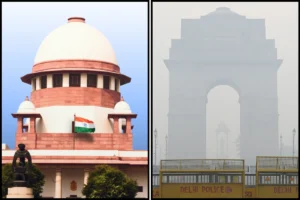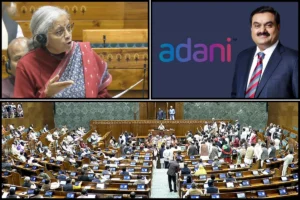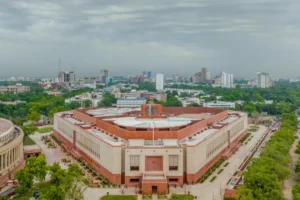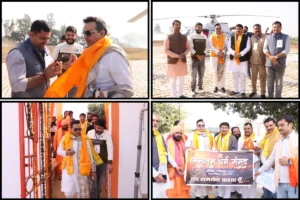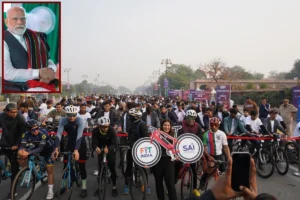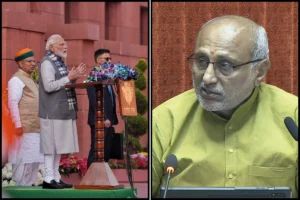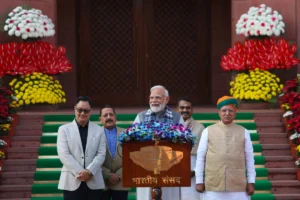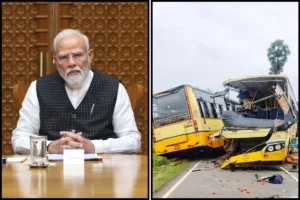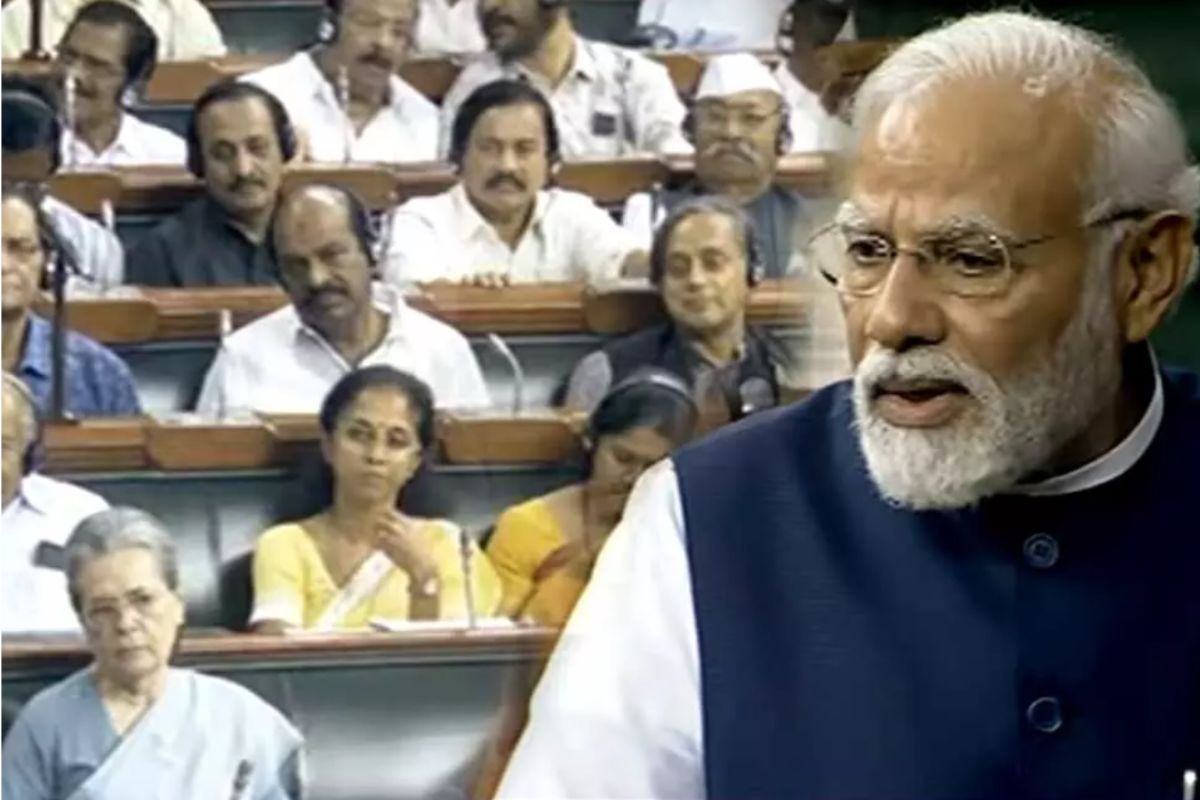
The recent no-confidence motion brought against the Central Government does not indicate any lack of confidence. The result was so expected that it didn’t require deep political insight but basic mathematical understanding. In the 543-member Lok Sabha, the NDA has 332 members, with BJP alone having 301 MPs. The opposition coalition has 141 members. Furthermore, the BSP, which maintains equal distance from both NDA and UPA, also presented a no-confidence motion. Combined with around 70 MPs not aligned with either coalition, even if the entire opposition voted against the government, they would get fewer than 210 votes in favor of the motion. On the other hand, to win a no-confidence motion, the government needed the support of 272 MPs, which BJP alone has and more.
This is about the current situation. History shows that the Central Government has always had the advantage. This was the 28th time the opposition brought a no-confidence motion against the government in the Lok Sabha. Previous motions were either defeated or inconclusive. In 1979, the government fell due to a motion by Morarji Desai, though it wasn’t put to vote. Interestingly, during the voting on self-proposed trust motions, three governments fell in our country – VP Singh’s government in 1990, HD Deve Gowda’s government in 1997, and Atal Bihari Vajpayee’s government in 1999. After coming to power in 1998, Atal Bihari Vajpayee’s government faced a vote of confidence, which it survived by just one vote.
In 2014, Prime Minister Modi faced a no-confidence motion for the second time after coming to power. In 2018, after a 12-hour debate, the motion had only 126 votes in favor, while 325 MPs voted against it. This time, the no-confidence motion didn’t even come to a vote as the opposition walked out during PM Modi’s response. So, while the opposition brought no-confidence motions, they failed twice. PM Modi used these instances to highlight his government’s resilience, emphasizing how the opposition’s moves ultimately strengthened his position.
So, the question arises, what did the India Alliance gain by presenting this provocative no-confidence motion? They claim a moral victory. The opposition’s argument is that by forcing the Prime Minister to speak on the Manipur issue in Parliament, they achieved their objective. This incident highlighted the unease of the Prime Minister. The opposition is also pointing out that during his over two-hour speech, the Prime Minister took an hour and 52 minutes to talk about Manipur. They contend that the way the Prime Minister’s reaction was succinct when the controversial video went viral outside Parliament, his response during the speech regarding Manipur was similarly inadequate.
Amidst all this, the India Alliance feels that it has achieved its two objectives. Firstly, even though its proposal was defeated, as a coalition, it won in the sense that it showcased the ability to work together without a declared leader and still accomplish tasks. Secondly, by aggressively pursuing the Manipur issue, it has successfully tarnished the image of the BJP, which was effectively running a double-engine government. It’s undeniable that even after almost three months of trying to control violence in their state, Manipur Chief Minister N. Biren Singh’s position is now being questioned.
On the other hand, the NDA also sees advantages in their victory over the no-confidence motion. Ultimately, a win is a win. Through the debate on the motion, the Central Government managed to connect the issue of violence against women in Rajasthan, Chhattisgarh, West Bengal, and opposition-governed states to what was happening in Manipur. Moreover, by skillfully using his sharp rhetorical skills, the Prime Minister appeared united against the opposition’s intentions and capabilities. This twist in the narrative might continue until the 2024 Lok Sabha elections. As the opposition has failed to announce leaders for the upcoming general elections, the BJP’s strategy could amplify the “Who against Modi?” question.
However, amidst the battle unfolding on multiple fronts in this political contest, it’s crucial to find a serious path of resolution and consensus in Manipur to restore normalcy. We must not forget that Manipur is a border state, and a prolonged conflict will not only harm Manipur but also impact the ongoing efforts for change and development across the entire Northeast region. While the Northeast has often grappled with separatist uprisings in the past, the nature of the current conflict is different. The ethnic violence arising from the Meitei-Kuki conflict is unprecedented. The risk of this violence spreading to neighboring states, who are hosting Manipur’s refugees, is imminent. Mizoram serves as an example, where the Zoramthanga government promptly took action against threats and effectively thwarted possible attacks related to the Meitei conflict. It’s evident that solid steps are required to resolve the Manipur crisis, which necessitates a clear action plan and assigning responsibility to the authorities. Amidst the “neither you win, nor we lose” struggle between the government and the opposition in the no-confidence motion, the real victory for the country will come from restoring trust in Manipur.








